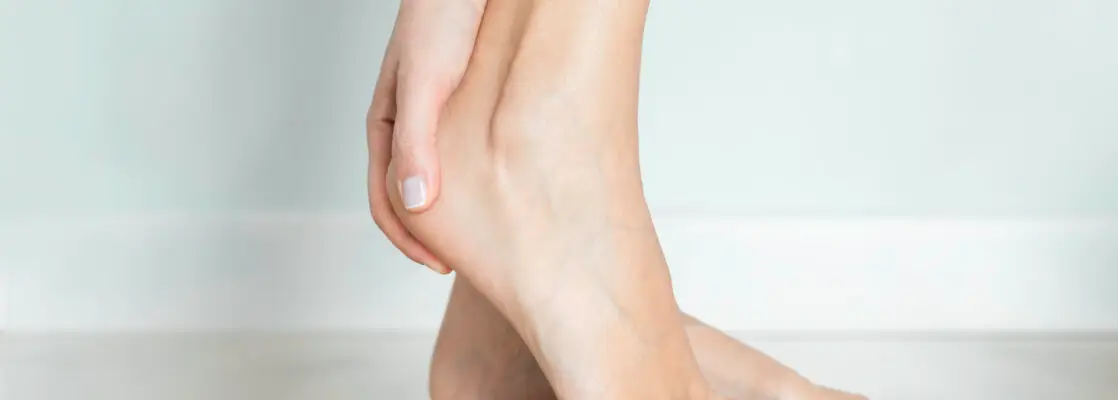
Foot & Ankle Brace
Injury Booth _ Cam air walker
An injury boot is a specialized orthopedic device designed for patients recovering from injuries, surgeries, or conditions affecting mobility, such as diabetic complications. These booths provide a safe, enclosed environment that allows for restricted movement and weight-bearing adjustments to promote proper healing.
SUGGESTED HCPC: L4360 and L4361
ORDER NUMBER: 320-AZ, 330-AZ, 360-AZ, 390-AZ, 398-AZ
320-LAZ, 330-LAZ, 360-LAZ, 390-LAZ, 398-LAZ
330-LAZ-P, 360-LAZ-P, 390-LAZ-P
SIZE: X-Small thru X-Large (see sizing chart to the left)
PRODUCT HIGHLIGHTS:
• Inflatable bladder incorporated into liner for increased immobilization of the lower leg, ankle and foot
• Designed for the treatment of stable fractures and ankle sprains
• Lightweight, low rocker profile design for greater patient comfort
• Cushioned heel for greater energy absorption
• Wider rocker bottom design promotes a smooth energy conserving gait
• Now available in with a Pink liner (for SM, MD, LG Low Top Only)
• Fits either left or right foot



Table of Contents
Foot & Ankle Brace
Foot and ankle braces are orthopedic devices designed to provide support, stability, or protection to the foot and ankle. They are commonly used in cases of injury, chronic conditions, or after surgeries to aid in healing, prevent further injury, or manage pain and discomfort.
Types of Foot and Ankle Braces:
Ankle Stabilizers:
- Purpose: Often used for sprains, strains, or minor ankle injuries.
- Design: Typically have straps or laces that wrap around the ankle to provide compression and stability.
- Common Uses: Sports-related injuries, post-surgery recovery, or chronic ankle instability.
Lace-Up Braces:
- Purpose: Provide a higher level of support than soft braces.
- Design: Made of strong fabric with laces that tighten around the ankle, mimicking the feel of tape wrapping but offering more reusability.
- Common Uses: Ankle sprains, ligament injuries, or for athletes needing extra support during activity.
Ankle
Sleeves/Compression Socks:
- Purpose: Provide mild support and compression to improve blood flow and reduce swelling.
- Design: Elastic, lightweight material that fits snugly around the ankle.
- Common Uses: Mild swelling, soreness, or mild arthritis.
Walking Boots (CAM Boots):
- Purpose: Protect and immobilize the foot and ankle after a serious injury or surgery.
- Design: Hard, rigid outer shell with adjustable straps and a rocker sole to aid in walking.
- Common Uses: Post-surgical recovery, fractures, or severe sprains.
AFO (Ankle-Foot Orthosis):
- Purpose: Stabilizes the foot and ankle, often used for conditions that affect gait or muscle control.
- Design: A rigid or semi-rigid brace that fits into a shoe and extends upward along the leg.
- Common Uses: Conditions like drop foot, cerebral palsy, multiple sclerosis, or stroke recovery.
Night Splints:
- Purpose: Maintain foot and ankle positioning while sleeping, usually to treat plantar fasciitis or Achilles tendonitis.
- Design: Holds the foot in a dorsiflexed position to stretch the calf muscles and plantar fascia.
- Common Uses: Plantar fasciitis, Achilles tendonitis, or other conditions requiring a sustained stretch.
Common Uses and Benefits:
- Injury Recovery: After ankle sprains, fractures, or ligament tears, braces immobilize the area, aiding in faster healing.
- Chronic Conditions: People with chronic ankle instability or degenerative conditions like arthritis can use braces for everyday support and pain relief.
- Sports and Physical Activities: Athletes may wear braces during high-risk activities to prevent injuries.
- Post-Surgical Use: Braces help protect the healing area after surgeries like tendon repairs, ankle fusions, or fracture fixations.
Important Considerations:
- Proper Fit: Ill-fitting braces can lead to discomfort or worsen the injury, so professional fitting is often recommended.
- Material: Braces can be made from various materials like neoprene (for compression), plastic (for rigid support), or fabric.
- Level of Support: Depending on the severity of the injury or condition, different levels of rigidity and support may be necessary.
These devices are typically prescribed or recommended by healthcare professionals such as orthopedic doctors, podiatrists, or physical therapists, depending on the injury or condition.

